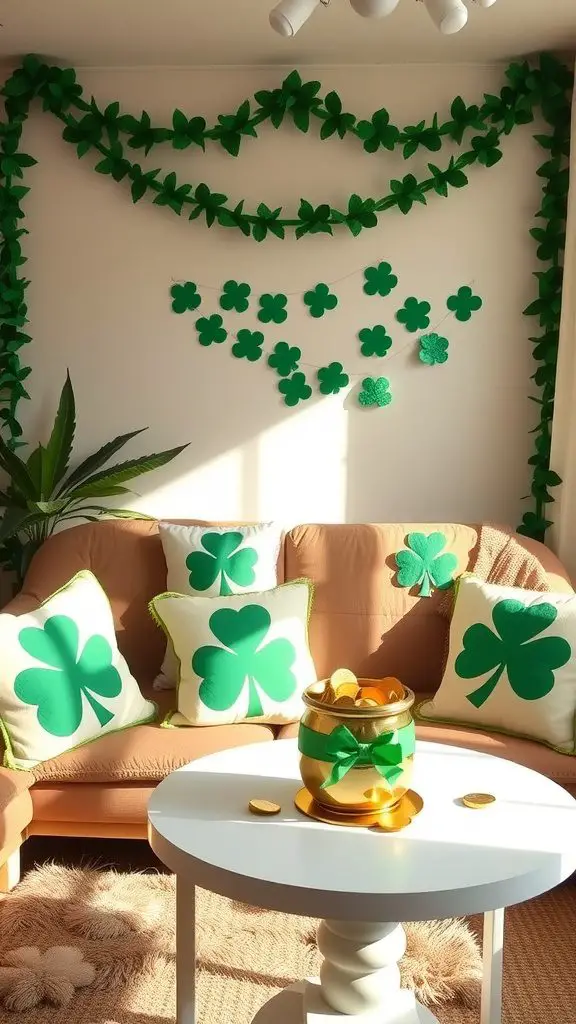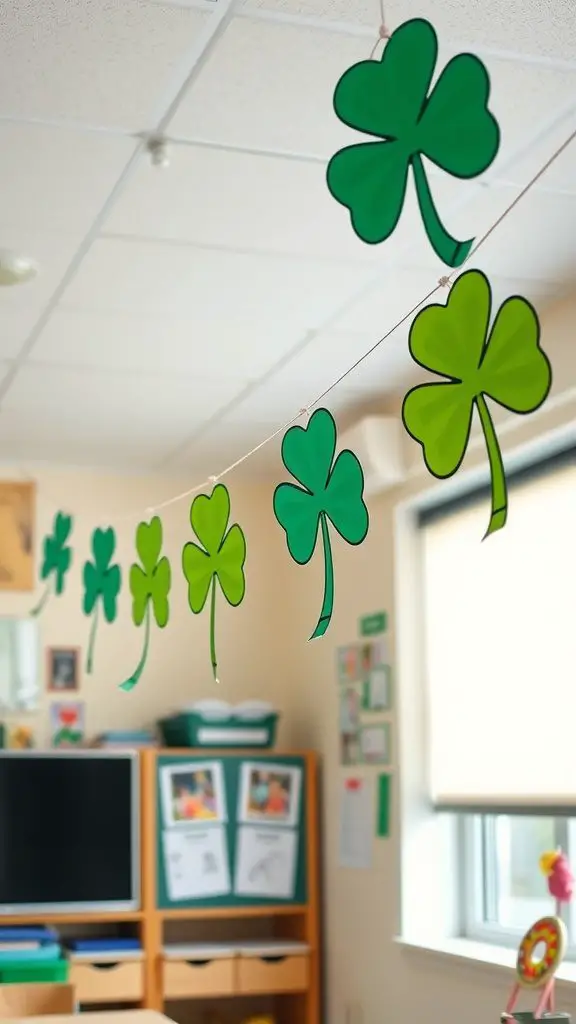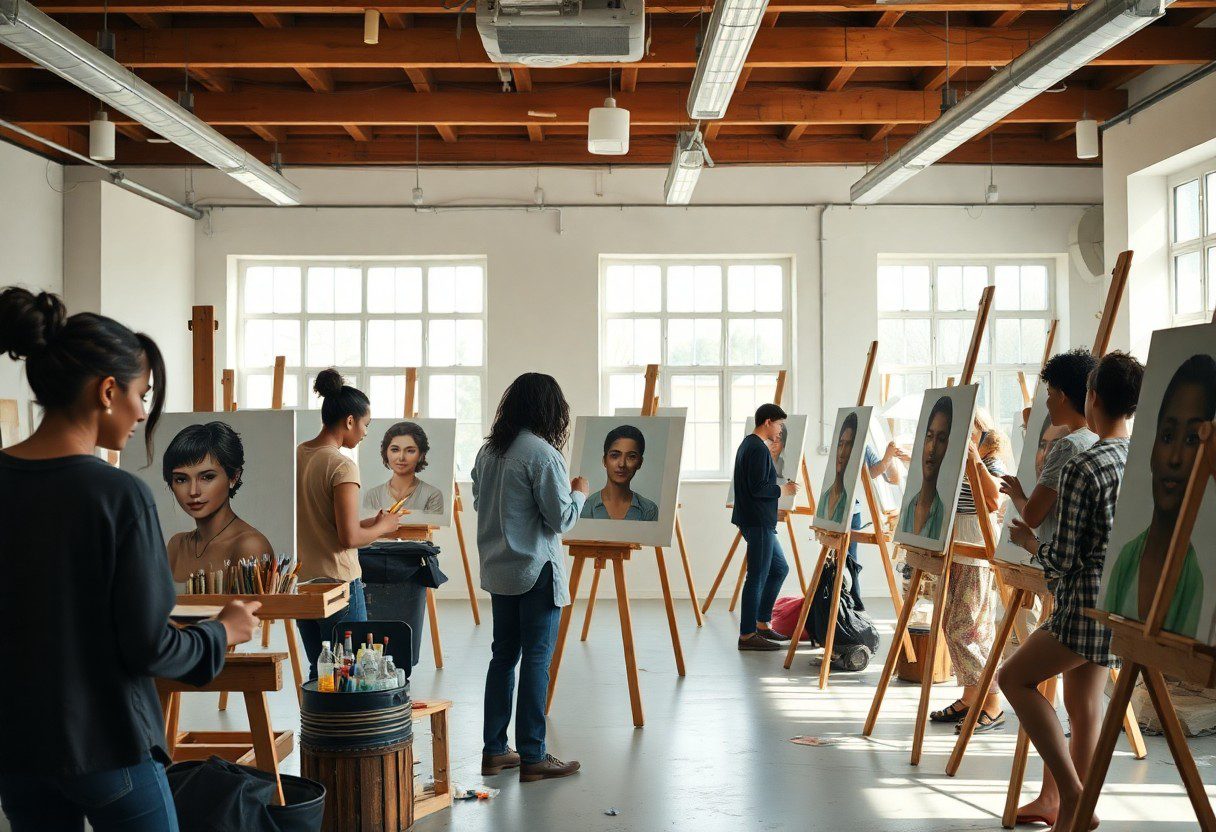With the right guidance and materials, you can transform your artistic vision into a stunning portrait. This step-by-step DIY guide is designed specifically for aspiring artists like you, providing clear instructions and tips to help you navigate the process of portrait painting. From selecting the perfect reference photo to mastering blending techniques, you’ll gain the confidence and skills needed to create your own masterpiece. Whether you’re a beginner or looking to enhance your abilities, this post will be a valuable resource on your artistic journey.
Materials Needed
Before you initiate on your portrait painting journey, it’s imperative to gather your materials. Having the right supplies will elevate your artwork and enhance your creative process. Ensure you have all the necessary items on hand to make your experience enjoyable and productive.
Essential Painting Supplies
Essential painting supplies for your portrait include high-quality paints, brushes in various sizes, a palette, and canvas or paper. Acrylic, oil, or watercolor paints each offer distinct qualities, so choose based on your preference. Invest in a set of brushes that suit your painting medium and ensure you have a sturdy surface to bring your portrait to life.
Optional Tools and Accessories
Essential optional tools and accessories can enhance your painting experience and add unique elements to your artwork. Consider items such as palette knives for texture, a sketch pad for preliminary work, and different mediums to alter the consistency of your paints. These accessories not only facilitate your creative process but also expand the possibilities of your artistic expression.
Hence, incorporating these optional tools and accessories can greatly benefit your painting journey. Palette knives can create interesting textures and effects, while sketch pads allow you to practice or brainstorm ideas before committing to canvas. Additionally, using various mediums can help you achieve different looks, making your portraits more dynamic and engaging. Exploring these options will undoubtedly enrich your painting experience.
Preparing Your Workspace
There’s more to painting than just your canvas and brushes; a well-prepared workspace can enhance your creative flow. Start by choosing a spot that inspires you, whether that’s by a window for natural light or in a quiet corner where you can focus. Ensuring that your area is clean and free from distractions will help you maintain concentration over long painting sessions.
Setting Up Your Painting Area
Between your comfort and the practicality of your setup, you want to ensure that everything is within reach. Position your easel or canvas at a comfortable height, and have your chair setup to support extended work periods. Good lighting is imperative, so consider a combination of natural and artificial light sources to eliminate shadows and enhance color accuracy.
Organizing Your Materials
Organizing your supplies will save you valuable time and keep you focused on your painting. Place all your imperative materials, such as paints, brushes, and palettes, in a designated area so you can access them quickly during your creative process.
Considering how often you will use different items can help you decide the best way to organize your materials. Group similar supplies together; for instance, keep brushes of various sizes in one container and paints in another. You might want to categorize paints by color for ease of access. Using shelves or rolling carts keeps your workspace efficient, allowing you to spend more time painting and less time searching for that perfect brush or shade.
Choosing Your Subject
The first step in creating a compelling portrait painting is choosing the right subject. Selecting someone who inspires you or evokes a strong emotional connection can greatly enhance the depth of your artwork. Consider capturing friends, family members, or even public figures who resonate with you. This personal relationship to your subject will create a more enjoyable painting process and ultimately lead to a more engaging piece.
Finding Inspiration
With an endless array of potential subjects to choose from, you should explore various sources for inspiration. Look through photography websites, social media platforms, or even nature and everyday life to identify people who pique your interest. Consider the emotions or stories you want to convey through your art, as this can guide you toward a subject that truly motivates your creativity.
Selecting the Right Reference Image
Above all, the reference image you choose will significantly impact your final portrait outcome. Opt for an image that features good lighting, clear details, and an engaging pose. It’s important that the image allows you to capture the essence of your subject and gives you enough visual information to work with during the painting process.
Understanding how to select the right reference image is vital to achieving a successful portrait. Look for images with natural lighting that highlight your subject’s features, avoiding overly dark or low-quality photographs. A well-composed image should showcase the likeness clearly, capturing expressions, textures, and colors that resonate with you. Prioritize images with high resolution to ensure every detail is visible, aiding you in crafting a more accurate representation of your subject.
Basic Drawing Techniques
All aspiring artists need a solid foundation in basic drawing techniques to accurately depict subjects on canvas. Familiarizing yourself with these methods will enhance your skills and help you translate your vision into reality. Start by practicing your lines, developing your hand-eye coordination, and experimenting with a variety of drawing tools. Mastering these techniques will not only improve your portrait paintings but also allow for greater expression and creativity in your artwork.
Sketching the Outline
Above all, sketching the outline is your first step to a successful portrait. Begin with light pencil strokes to create a basic structure of the face, capturing the crucial shapes and features without focusing on details. This will serve as a roadmap for your final painting. Don’t hesitate to make adjustments at this stage, as refining your outline will provide a strong foundation for the rest of your work.
Understanding Proportions
Among the most important skills you can develop is understanding proportions, as it plays a significant role in creating lifelike portraits. Accurate proportions ensure that the features of your subject—eyes, nose, mouth, and ears—are in harmony with each other and contribute to a realistic representation. You might find it helpful to use the classic techniques of dividing the face into segments, using measuring tools, or referencing a grid system to maintain accuracy throughout your drawing.
Basic knowledge of proportions involves understanding that the human face can be broken down into equal sections, where the eyes are typically halfway down the head, and the width of the face is roughly five eye lengths across. By practicing these measurements, you can achieve a more balanced depiction of your subject. Keep a reference image handy, and regularly check your proportions as you work, ensuring that they align with the guidelines you’ve established.
Painting Techniques
Unlike other art forms, portrait painting requires a deep understanding of various techniques that can help you capture the essence of your subject. You’ll want to experiment with brushwork, texture, and gradients to bring your painting to life. Familiarizing yourself with these techniques will not only enhance your skills but will also enable you to express your unique artistic voice.
Color Mixing Fundamentals
For any aspiring portrait artist, mastering the art of color mixing is vital. You’ll need to understand the relationship between primary, secondary, and tertiary colors to create lifelike skin tones and facial features. Experimenting with different combinations will allow you to discover the perfect shades for your palette.
Layering and Blending
Layering is a technique used to build depth and dimension in your portrait, while blending helps to create smooth transitions between colors. Both can significantly enhance the realism of your work.
But achieving proficient layering and blending takes practice and patience. Start with a base layer that captures your initial color choices, then gradually add layers to create depth. Use soft brushes or even your fingers to blend edges for a seamless look. Don’t be afraid to experiment; sometimes the most striking effects come from unexpected combinations and techniques. Your goal is to create a three-dimensional feel, so pay attention to light and shadow as you build your layers.
Adding Details and Finishing Touches
Keep refining your portrait by focusing on the details that bring your subject to life. Pay attention to highlights and shadows, enhance facial features, and adjust the colors to create depth. Use fine brushes for intricate work and take your time to ensure each detail is well-executed. This is the stage where your unique interpretation shines through, so don’t hesitate to experiment and make the painting your own.
Finalizing Your Portrait
Finishing touches can elevate your artwork from good to exceptional. Add small highlights to the eyes and subtle textures in the hair to create realism. Step back frequently to assess the overall composition and make adjustments as needed. Once you’re satisfied with every element, you’ll be ready to protect and showcase your masterpiece.
Properly Varnishing Your Artwork
On completing your portrait, varnishing is important for enhancing colors and providing protection. A good varnish will shield your painting from dust, UV rays, and other environmental factors that can affect its longevity.
Indeed, applying varnish not only protects your artwork but also serves to unify the surface sheen, enhancing the vibrancy of your colors. Choose a quality varnish suitable for the medium you used and apply it in thin, even layers to avoid runs or drips. Allow each layer to dry completely before applying the next for optimal results, ensuring your portrait remains as vibrant as the day you finished it.
Summing up
The step-by-step DIY portrait painting guide empowers you to explore your artistic talents and realize your creative vision. By following the techniques outlined and applying your personal touch, you can enhance your skills while enjoying the painting process. Embrace the journey, learn from each brushstroke, and watch as your confidence grows with every completed portrait. Your unique perspective and dedication will ultimately shine through in your artwork.
FAQ
Q: What materials do I need to get started with DIY portrait painting?
A: To begin your portrait painting journey, you’ll need a few imperative materials. These include a canvas or canvas board, high-quality brushes (flat and round), a palette for mixing colors, acrylic or oil paints, a sketch pencil, an eraser, and a reference photo of the subject you want to paint. Additionally, having a palette knife can be helpful for mixing paint and creating texture. Don’t forget to have a jar of water (for acrylics) or a container for solvents (for oils) to clean your brushes.
Q: How can I improve my drawing skills before starting to paint portraits?
A: Improving your drawing skills is a great foundational step before entering into portrait painting. One effective approach is to practice drawing from photographs and live models, focusing on proportions and shapes. Studies in gesture drawing and shading can help enhance your skills. You can utilize online tutorials, practice still life arrangements, or take drawing classes. Consistent practice will build your confidence and ability to capture likenesses.
Q: What are some techniques for achieving realistic skin tones in portrait painting?
A: Achieving realistic skin tones requires an understanding of color mixing and layering. Start with a base tone that closely resembles your subject’s skin and gradually add layers to create dimension. Mix different shades by combining primary colors with white, yellow ochre, and a touch of red or brown for warmth. Observe highlights and shadows on the skin and use lighter colors for highlights while darker shades can help form depth. Experimenting with glazing techniques can also help create a more lifelike appearance.
Q: How do I handle mistakes or changes I want to make during the painting process?
A: One of the beauty of painting is its flexibility. If you make a mistake or wish to change something, don’t panic. For acrylic paints, you can simply paint over the area once it has dried. For oil paints, you may use a palette knife to scrape off excess paint or modify shapes with a brush. If you prefer to keep things more clean, try to sketch your imperative features lightly with pencil before applying paint. Always take the time to step back and assess your work periodically, which can help in spot correction.
Q: How long does it typically take to complete a portrait painting from start to finish?
A: The time it takes to complete a portrait painting can vary greatly depending on the complexity of the portrait and your level of experience. For beginners, a simple portrait might take anywhere from 3 to 8 hours spread over several sessions. More advanced artists may spend upwards of 20 hours or more on a detailed portrait to ensure every detail is rendered accurately. It’s imperative to give yourself enough time to make adjustments and develop your technique without pressure.




